How to dissolve super glue?
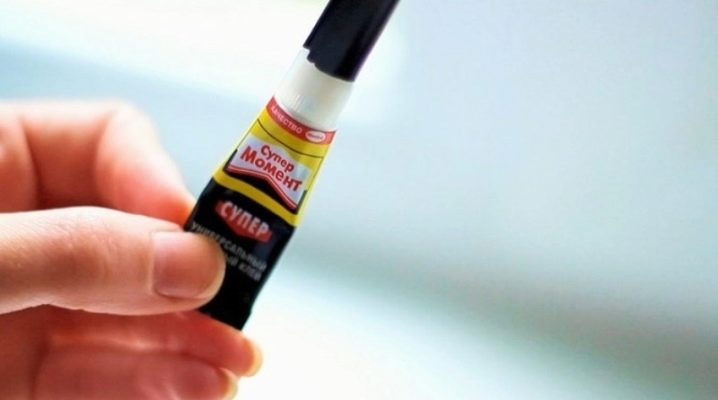
Often when performing repair work or fixing various malfunctions, they use super glue. It is worth distracting, and your hands or clothes are already dirty. It is especially unpleasant when surfaces that do not need this at all are glued together. How can this be prevented and how to get rid of glue marks on different surfaces?
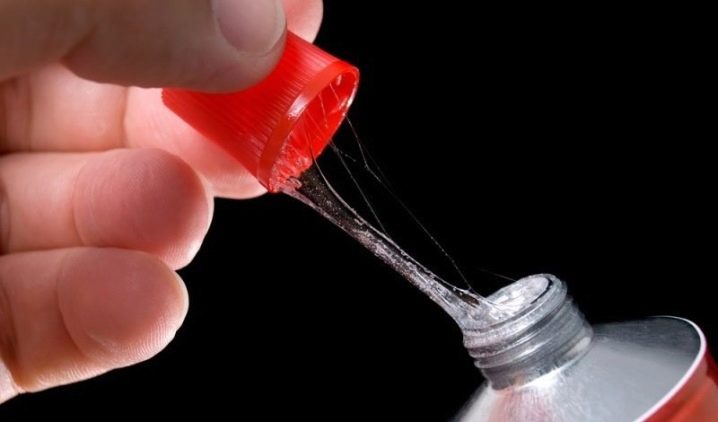
Features of the composition
When did humanity start using glue? According to archaeologists, it was already used about 9.5 thousand years BC. Glue was cooked from natural materials. In the modern world, artificial additives have been used to create it. Since 1901, chemist Leo Bakeland worked on the creation of an adhesive, and already in 1909 it went on sale.
Silicate glue was first produced in the early 1940s. This stationery glue is used very often. 100 million of its packages are produced annually, their shape is constantly changing. For liquid substances, use bottles with caps. Packing in small forms such as a pencil has become very convenient: it does not dry out, it is convenient to use, and has high adhesive characteristics.
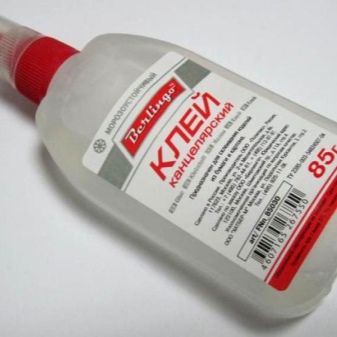
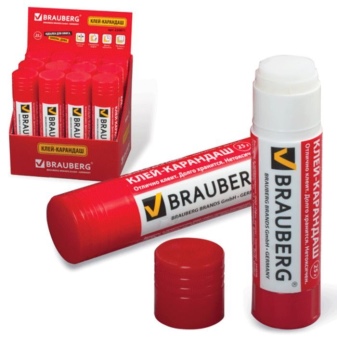
Today it is worth talking in more detail about what a second glue is. The name "super glue" implies that it is capable of a lot. A small, compact tube can be found in any home, with its help you can make minor repairs, for example, glue a part in a children's toy, glue a cup or repair shoes.
The glue contains up to 99% cyanoacrylates, stabilizers and plasticizers, activators and retarders are also added. Manufacturers use different combinations in the composition.
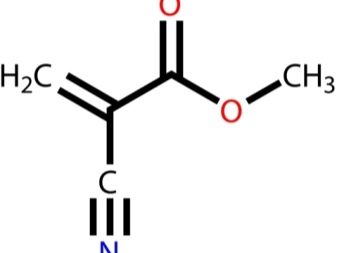
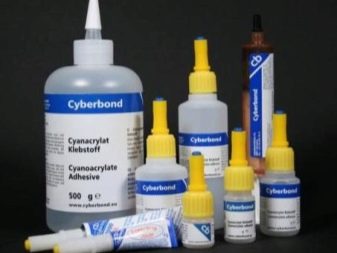
Where did the name come from and who invented the super-gluing agent for different surfaces? The substance was first developed by Harry Coover. The first composition turned out to be too sticky and was rejected. Already in 1951, American scientists found out that with the help of cyanoaclylate, any surface can be very firmly glued. In 1958, the super-substance went on sale. Super Glue immediately became very popular and made a splash.
This glue can withstand a load of 150 kg / sq. cm, more advanced means - 250 kg / sq. see Super-glue can withstand temperatures up to 80 degrees, more modified models - up to 125 degrees. It seizes very quickly: from a few seconds to a minute. But for the final setting, you should wait up to 24 hours.

In the Soviet Union, it was called "Tsiakrin", but it was almost impossible to find it in stores. Currently, the situation has changed: adhesives are present on the shelves in large quantities. Super-glue is produced under such names as "Secunda", "Monolith", "Elephant", "Super-Moment", "Power" and so on.
More recently, UV glue has gone on sale. With it, you can fix any breakdown in just 5 seconds. It is released under the brand name Lazer Bond. Liquid plastic is applied to any surface, and the bonding site is treated with an ultraviolet ray.

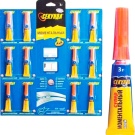
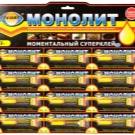
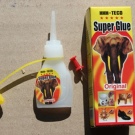
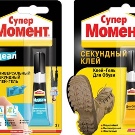
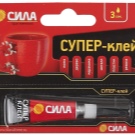
How to dissolve?
Sometimes there are situations when super-glue leaks out and stains the surface. How to be in this situation? Knowing how to dissolve it, you can quickly remove the contamination without having to dry-clean things.
Dissolve the super glue with nail polish remover. A cotton swab is moistened in the solution, applied to the contaminated place and wait until the adhesive is completely dissolved.
You can use white spirit or gasoline.If there is "Dimexid" in the first-aid kit, then with its help the glue is also removed from the surface. Gloves should be worn when handling this product to avoid skin irritation.
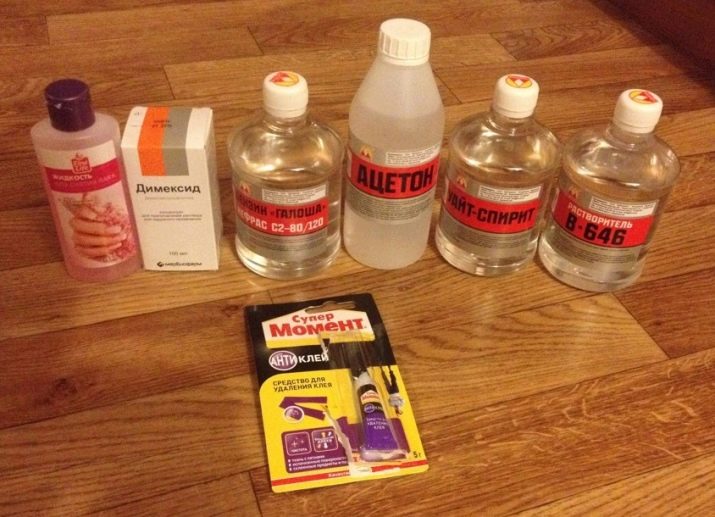

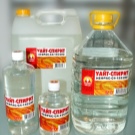
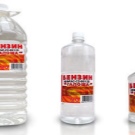
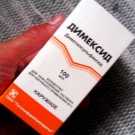
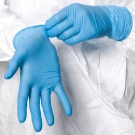
If it gets on your clothes, it is easy to remove it with Super Moment Antikley or with a solvent containing nitromethane.
If the stains on the fabric are already old, you can try to dissolve them at home with vinegar. For 1 glass of water take 1 tbsp. a spoonful of vinegar and rinse out the area with glue.
Acetone is also used to remove glue stains., but here the composition of the material should be taken into account: discolored spots may appear in the places where acetone was applied. This solvent can remove glue from any surface, it is also suitable for liquid nails. If the liquid nails have already set, the upper part is cut off with a knife, the residues are removed with acetone.
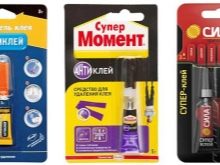
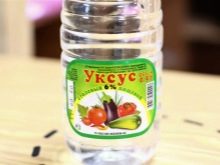
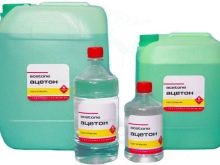
How to wash?
From the skin
When working with super glue, it often gets on the skin of the hands. If the adhesive composition gets on the skin, you just can't get rid of it, you can't remove it with soapy water. There are three ways how you can remove the super-substance from your hands.
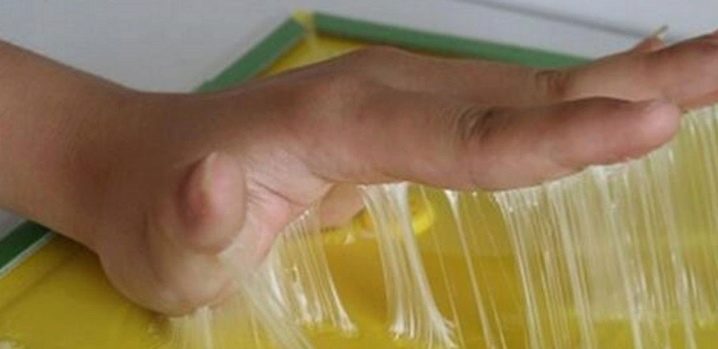
For this, as a rule, they apply:
- acetone: rub the contaminated area well, and then wash your hands with soap and water;
- pumice: you should steam your hands, then rub gently over the area with a pumice stone;
- table salt: the hands should be moistened and a large spoonful of salt should be poured into the palm of your hand, rubbing until the contamination lags behind.
These methods can severely damage the skin of the hands - after manipulation, it is necessary to apply lotion or hand cream to the skin.
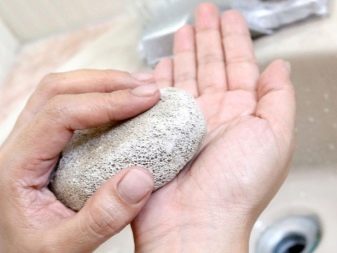
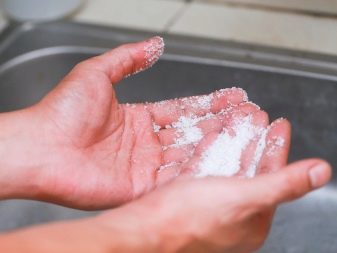
From metal
It is very difficult to remove the super-substance from the metal. You can try to scrub the metal surface using acetone or another solvent containing volatile substances, but they have no time to adhere to the material.
To completely get rid of contamination, a solvent or acetone is applied to a cotton pad or dense cotton cloth, applied to the stained area, and adhesive tape is glued on top. As a result, an environment impervious to air is created, the glue inside will heat up and its remnants can be easily removed after removing the tape.
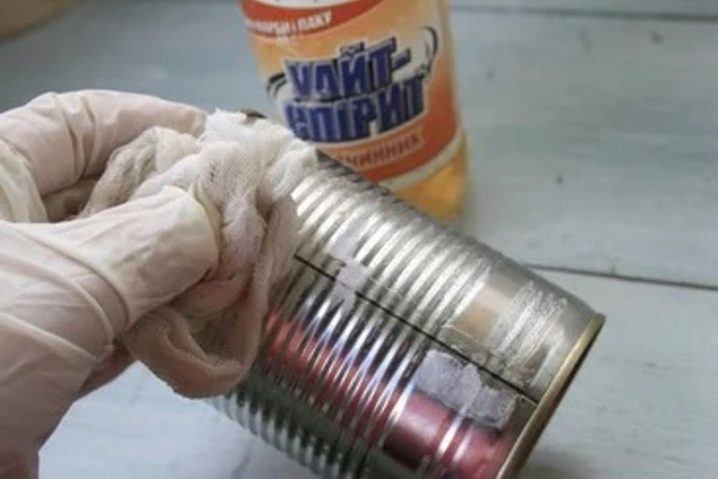
From linoleum
Often, super-glue also gets on linoleum. To remove it, you should resort to chemical solvents. To clean the surface, choose "Super Moment Antique", "Antique" or "Contact". When they are applied to the surface, the glue begins to dissolve and turn into a rubbery substance that can be easily removed.
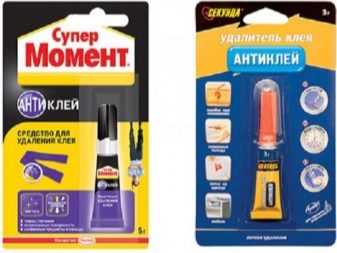

If there is no time and opportunity to run to the store, gasoline is used to remove glue from linoleum. In the event that the stain is already old, you need to wait a few minutes until the glue begins to dissolve. The remains are removed with dry napkins. Sometimes it is impossible to remove it the first time, then the procedure should be repeated.
When working with gasoline, safety precautions should be observed, as the substance is flammable. During work, there should be no children in the room. After working with gasoline, wash the surface with water.
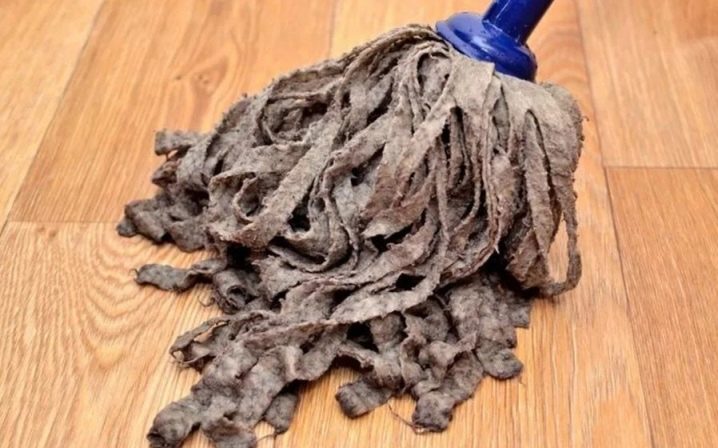
When buying linoleum, you should read the instructions and find out which products are suitable for its surface. If there is a small piece of linoleum, you can carry out a test check on it: spread it with glue, and then try to remove it with different means. To clean linoleum, you can take gasoline or ammonia. Do not use acetone for cleaning: it can damage the surface.
With plastic
Very often the question arises of how to remove traces of glue from plastic surfaces. When working with this tool, you should be very careful and try to immediately remove drops of glue from the plastic with a regular cloth. After removing the stain, rinse the surface with dish detergent.
Plastic does not tolerate temperature extremes, and can also be damaged when using some chemical solvents, therefore, acetone or gasoline is not used for plastic surfaces.
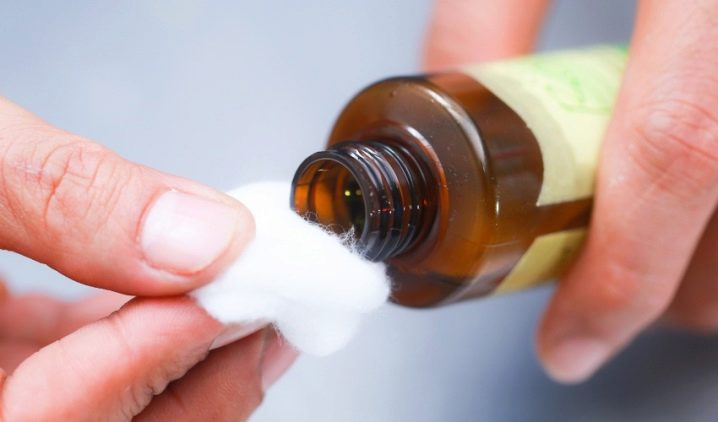
If the glue on the plastic surface is already dry, you can try to peel it off very carefully.
You can also use Dimethyl Sulfoxide to remove the adhesive from the plastic. You can buy it at any pharmacy.
From glass
As with any surface, it is always easier to remove fresh dirt from glass: it is enough to wipe it with a rag.
For dried on the base, the glue is used:
- cleaner: it is applied to the glass, after a few minutes it is removed with a knife;
- white spirit: it is applied with a wet disk on the glass, after 15 minutes the softened glue is removed with a clerical knife;
- vegetable oil: it is applied for 1 hour, then removed with a plastic spatula or spatula;
- liquid soap, dish detergent: a little of the composition is added to the water, the soap solution is applied to the glass and washed off with a dish brush.
You can also remove the glue from the glass using ammonia and dish detergent: they are taken in equal proportions and the mixture is applied to the stain for 1 hour. After that, the contamination is removed and the glass is wiped with a solution of ammonia in the ratio: 1 tbsp. l of alcohol per 0.5 l. water.
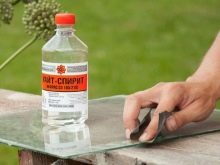
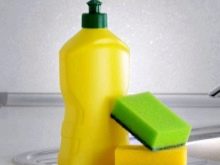
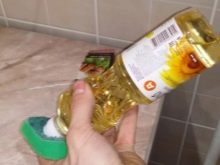
Helpful hints
- It is important to observe safety precautions while working. If glue gets into the eye, you should see a doctor immediately. You need to take a tube with you: this will help the doctor understand how to treat the eye.

- The tube is not directed at oneself so that the substance does not accidentally get on the skin and face.
- The composition contains toxic substances, so the work is carried out in well-ventilated rooms.
- If not all the glue is used, the tube should not be folded: there is a possibility that it will crack at the fold and the substance will spill out.
- You should always keep the tube of glue to read its composition. Thus, it will become clear the better to remove it from which surfaces.
- If the super glue gets into places where it is difficult to get to, for example, a castle, then vinegar essence will help in this case. With the help of a syringe, it must be poured into the lock, wait a little and clean it with a needle or a toothpick. Antikley or another solvent will also help to deal with such contamination.

How to remove super glue with a pharmacy tool is clearly demonstrated in the video.













The comment was sent successfully.